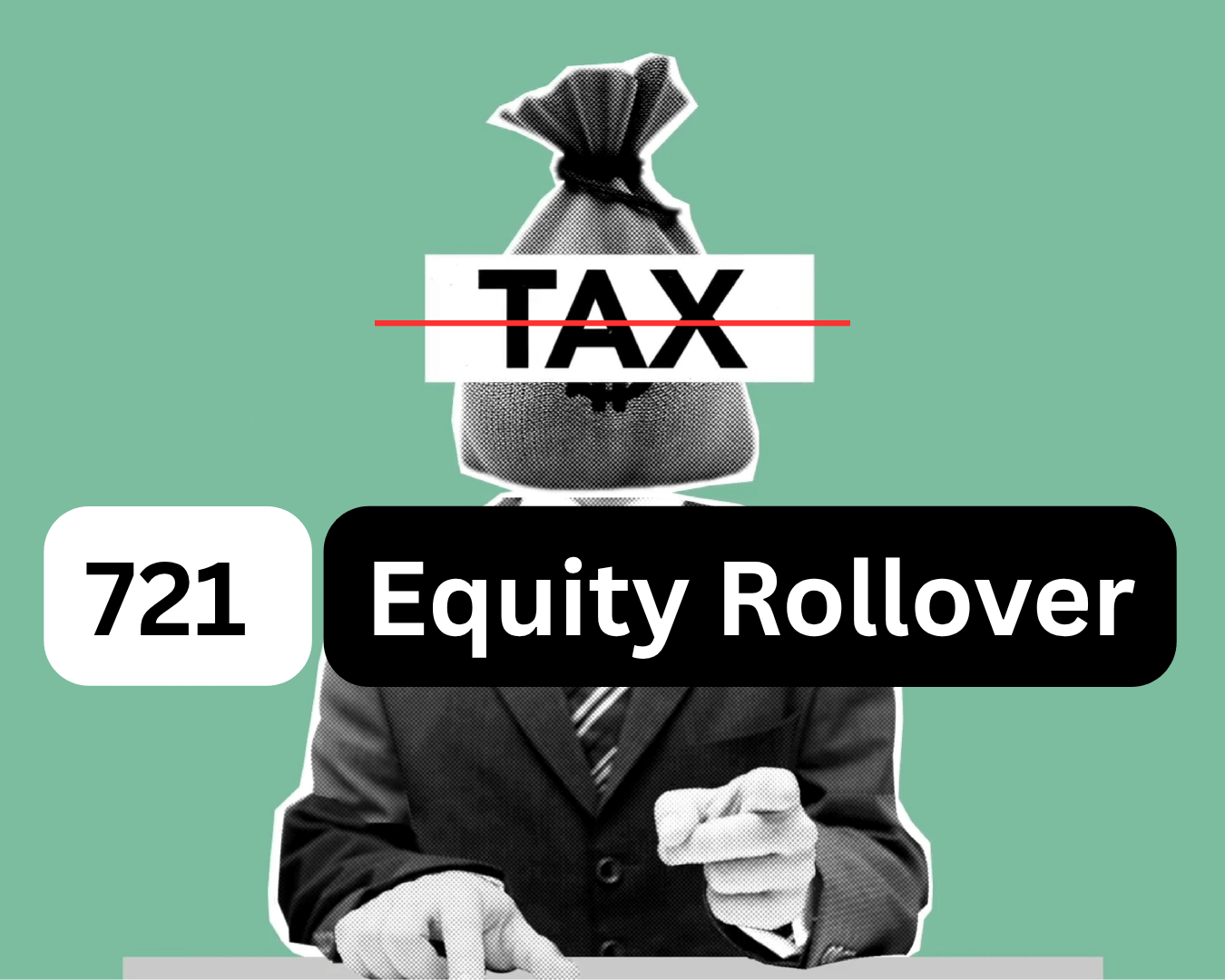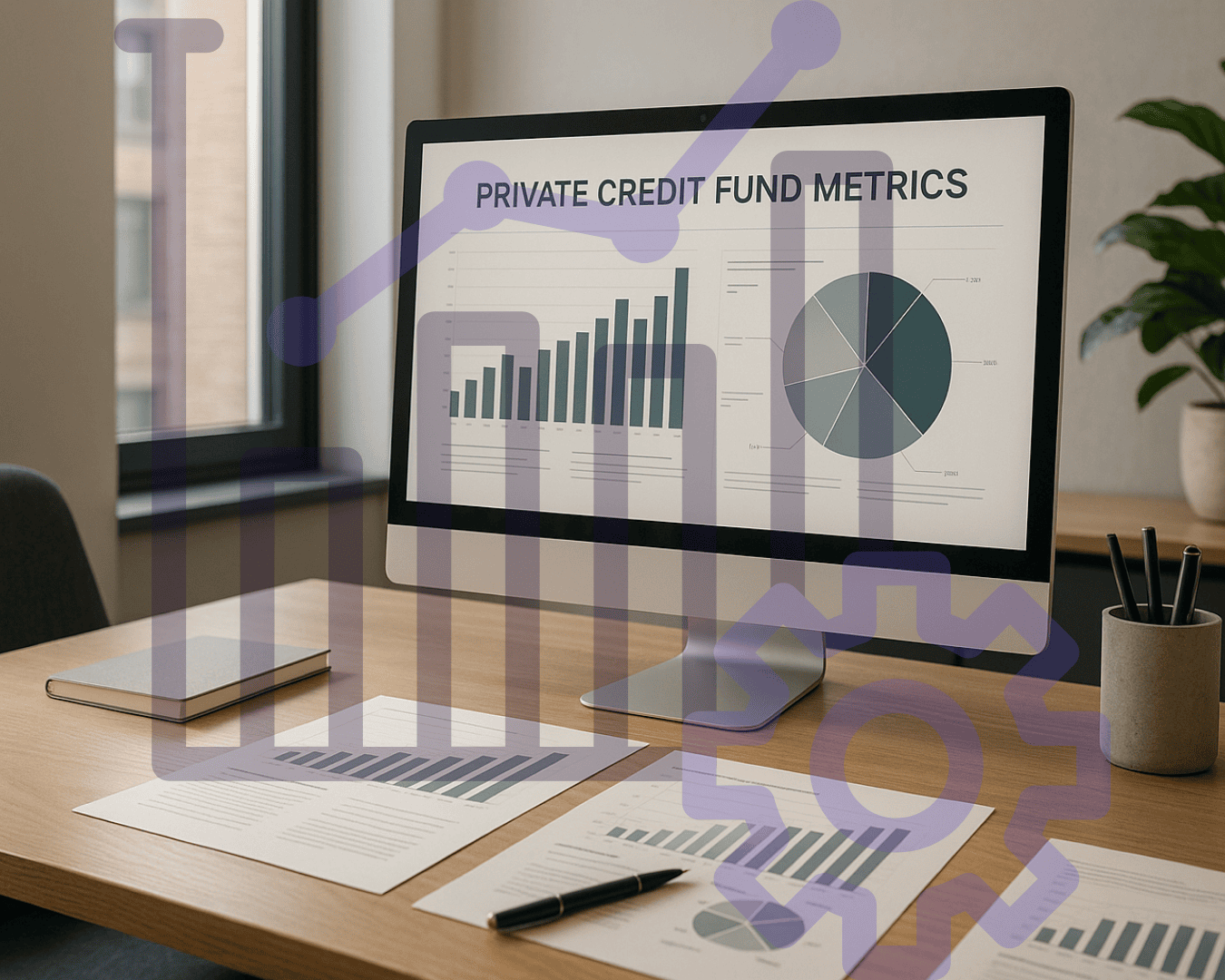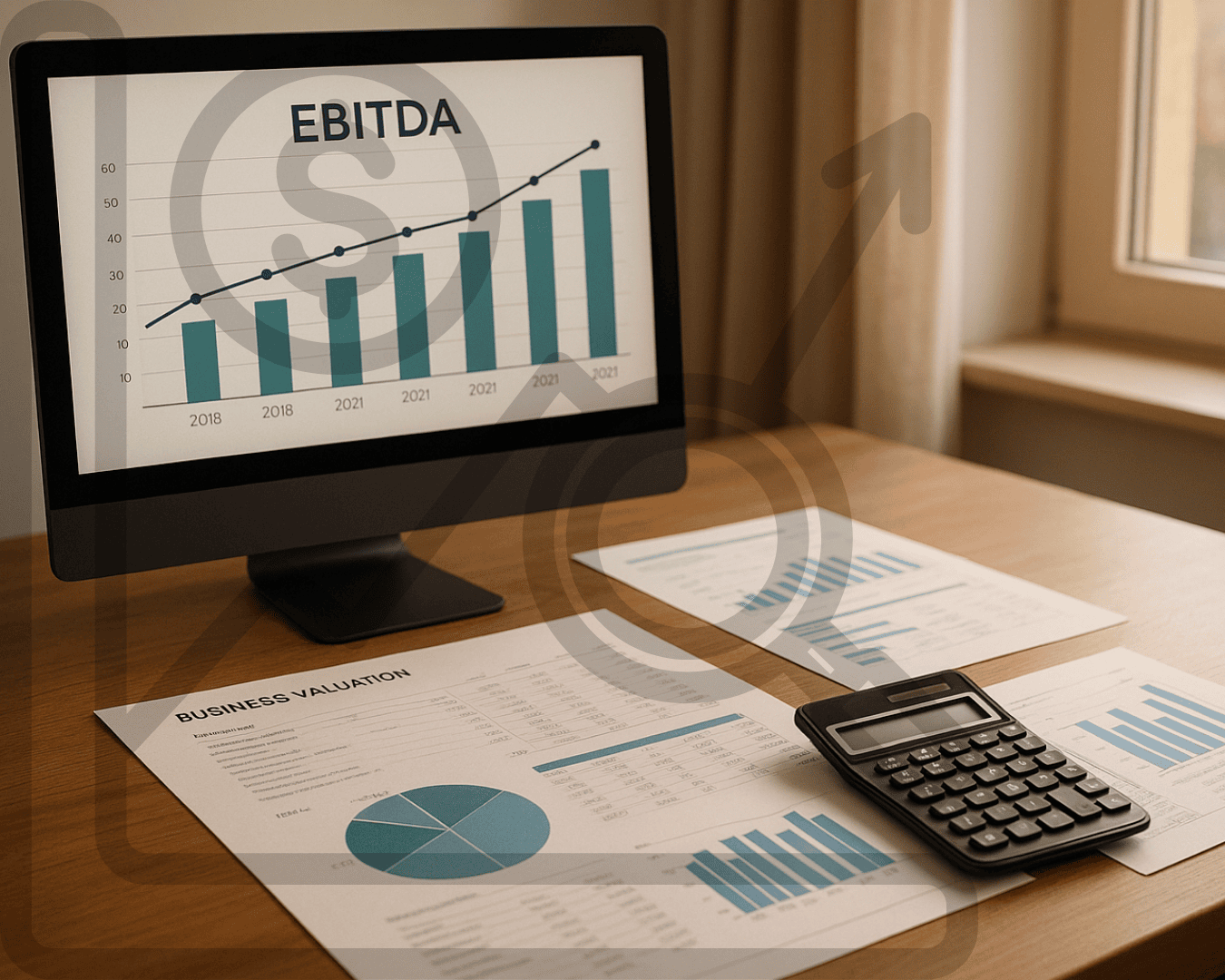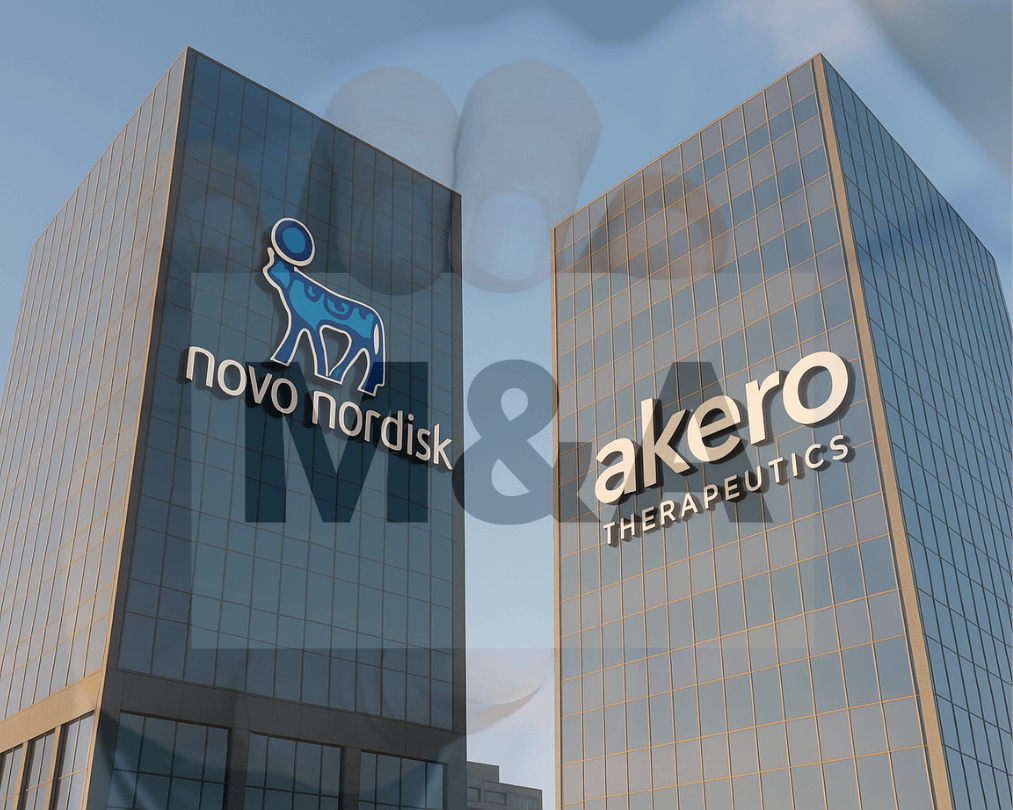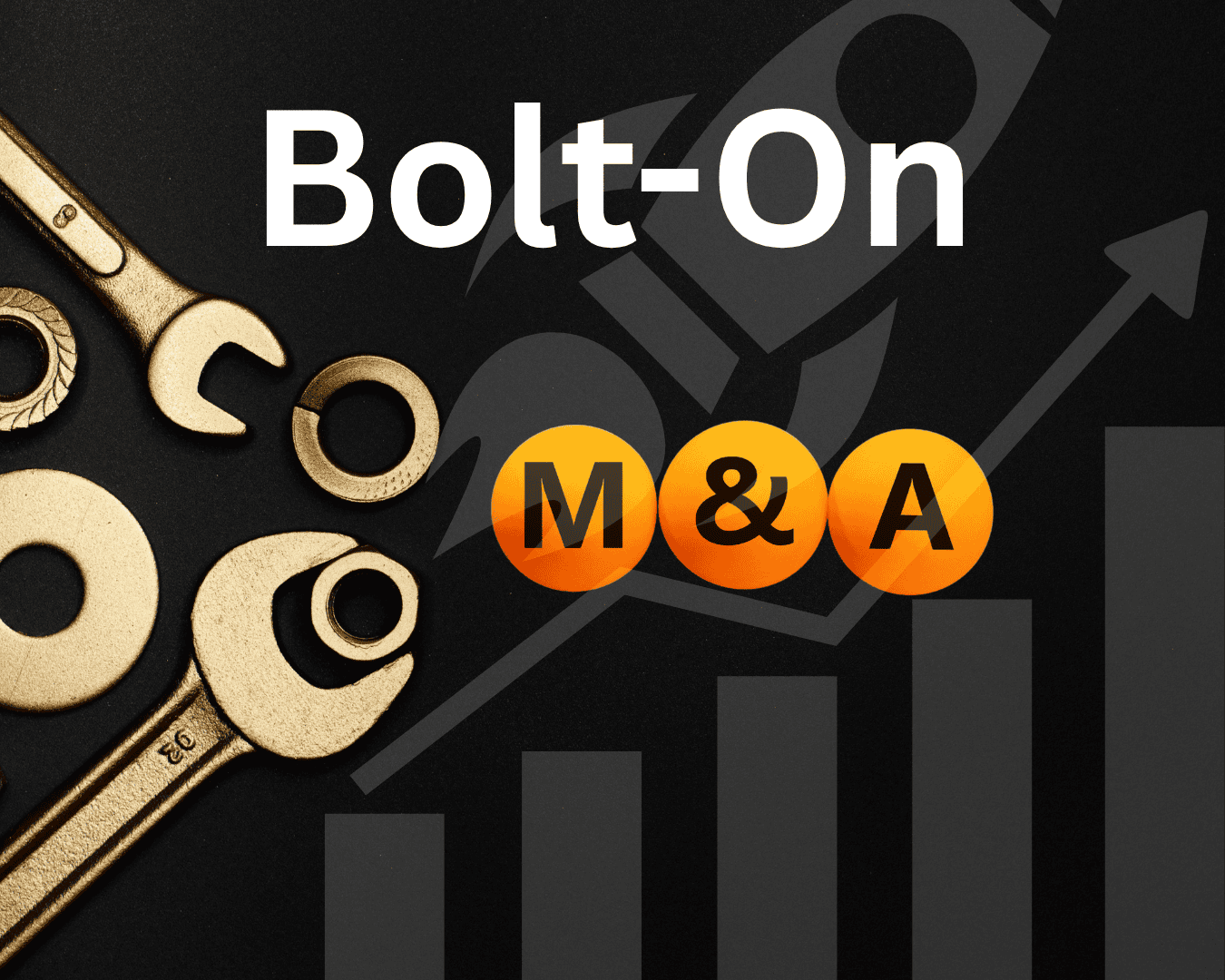As the new administration under President Trump and SBA Administrator Kelly Loeffler takes shape, small business owners, lenders, and investors should be paying close attention. The Small Business Administration (SBA) plays a pivotal role in driving economic growth, and with small businesses accounting for 70% of the U.S. economy and 46% of jobs, there is a unique opportunity to modernize and enhance SBA loan programs to meet the demands of today’s entrepreneurs.
A Trillion-Dollar Wealth Transfer and the Need for Reform
Over the next decade, we will witness an estimated $7 trillion wealth transfer as baby boomers transition out of business ownership and the next generation steps in. This transition presents immense opportunities but also significant challenges, particularly when it comes to financing. The current SBA 7(a) and 504 loan programs, while essential, are not fully optimized to facilitate this shift at scale.
I anticipate—and hope—that SBA loan limits will increase to $10 million or even $15 million to better accommodate growing business valuations and acquisition financing needs. As businesses evolve and require more capital for acquisition, expansion, and operational resilience, these higher limits will be necessary to keep pace with market realities. The SBA has already made adjustments to account for inflation, increasing the tangible net worth limit to $20 million and the net income limit to $6.5 million (sba.gov). These adjustments expand eligibility, allowing more businesses to qualify for SBA-backed loans.
Reducing the Risk for Small Business Owners
One of the most critical shifts I expect is a reassessment of personal guarantee requirements. Historically, SBA-backed loans have required small business owners to put their entire net worth on the line, creating significant risk. Under a pro-business administration, I predict adjustments to the SBA guarantee structure that will provide more flexibility for entrepreneurs. This could include increasing net worth limits beyond $15 million, allowing more seasoned business owners and high-net-worth individuals to access SBA financing without overexposing themselves to personal financial risk.
The Rise of SBA-Centric Lenders and a More Efficient Market
While many banks and lenders claim they can execute SBA loans, the reality is that the majority are not highly skilled in SBA underwriting and deal structuring. This inefficiency has made SBA lending a slow, cumbersome process for many borrowers. However, with a greater focus on SBA financing under this administration, I expect to see an increase in specialized SBA lenders who truly understand the nuances of these programs. More banks will be incentivized to develop dedicated SBA divisions, improving efficiency and access to capital. The SBA has revised small business size standards in various industrial sectors, increasing eligibility for federal contracting and loan programs, which should encourage more banks to become proficient in SBA lending (sba.gov).
Technology: The Lynchpin for SBA Loan Evolution
The SBA loan process has long been plagued by inefficiencies. From excessive paperwork to inconsistent lender competency, the system has remained far too clunky given modern technological capabilities. This administration has a prime opportunity to push for greater adoption of technology in SBA lending, streamlining the application, underwriting, and approval processes. AI-driven underwriting, automated document collection, and real-time lender matchmaking could significantly reduce the time to funding and improve loan outcomes.
The SBA has already implemented policies to modernize its loan programs, including streamlining application processes and enhancing digital tools for loan management (sba.gov). These improvements are designed to reduce paperwork, expedite processing times, and make it easier for small businesses to access capital.
I also foresee the potential rise of a new SBA loan product—one that bridges the gap between the traditional 7(a) and 504 programs. The 7(a) loan is versatile but has limitations in terms of funding for real estate and long-term asset investments. The 504, while excellent for real estate and equipment, is often clunky and slow. A hybrid loan that combines the best of both—perhaps with flexible use cases and improved processing efficiency—could emerge to meet the evolving needs of small and mid-sized businesses. The SBA has proposed rule changes to standardize eligibility across its capital programs, potentially paving the way for such a product (sba.gov).
A Pro-Business Future for the SBA
If executed correctly, the SBA under this administration could become the most impactful force for small business financing in decades. With higher loan limits, better guarantee structures, increased lender competence, and technology-driven efficiencies, we could see an SBA that truly empowers entrepreneurs at scale. The opportunity is massive, and if these reforms are enacted, small business owners will have greater access to the capital they need to fuel the next wave of economic growth.


.png)












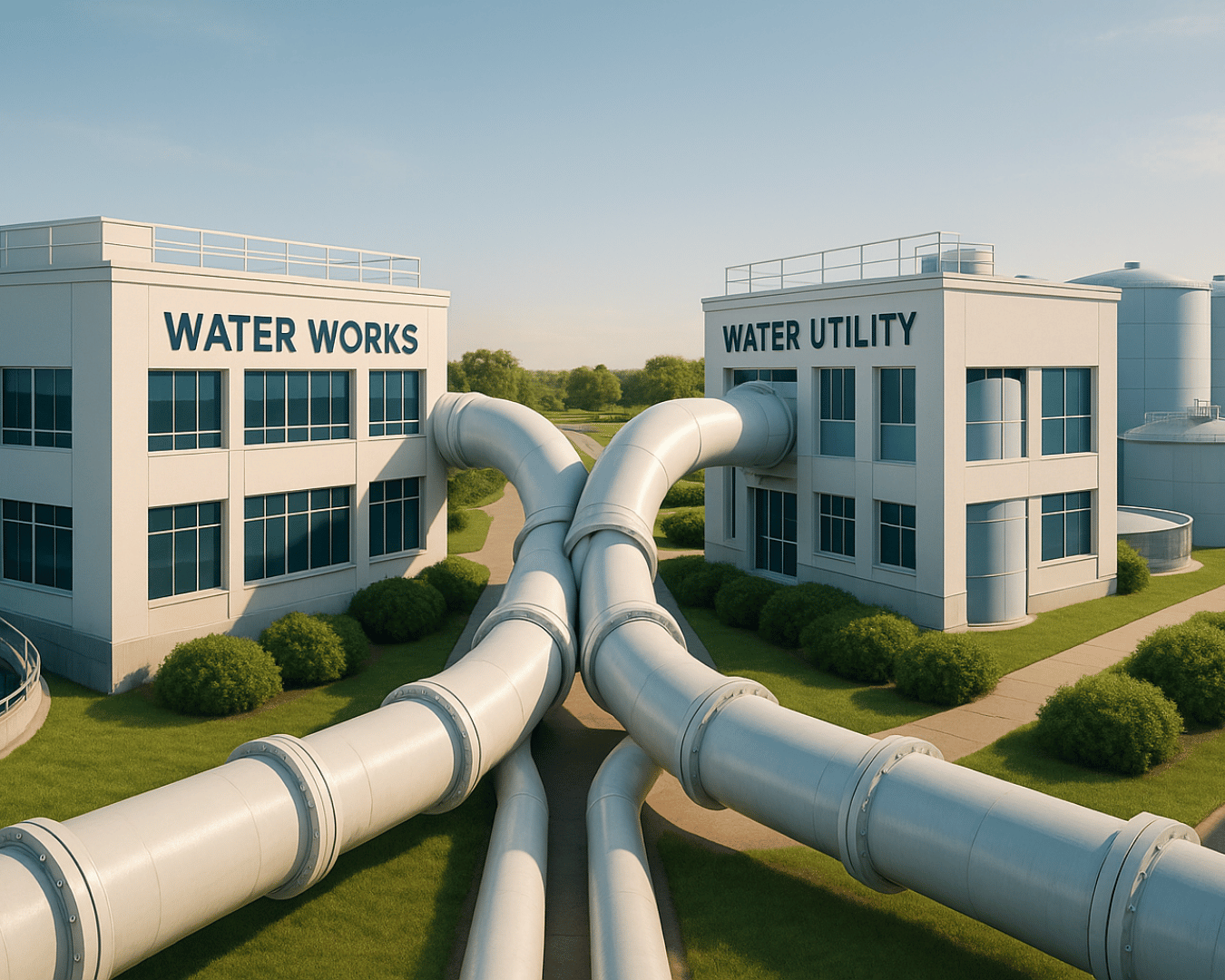











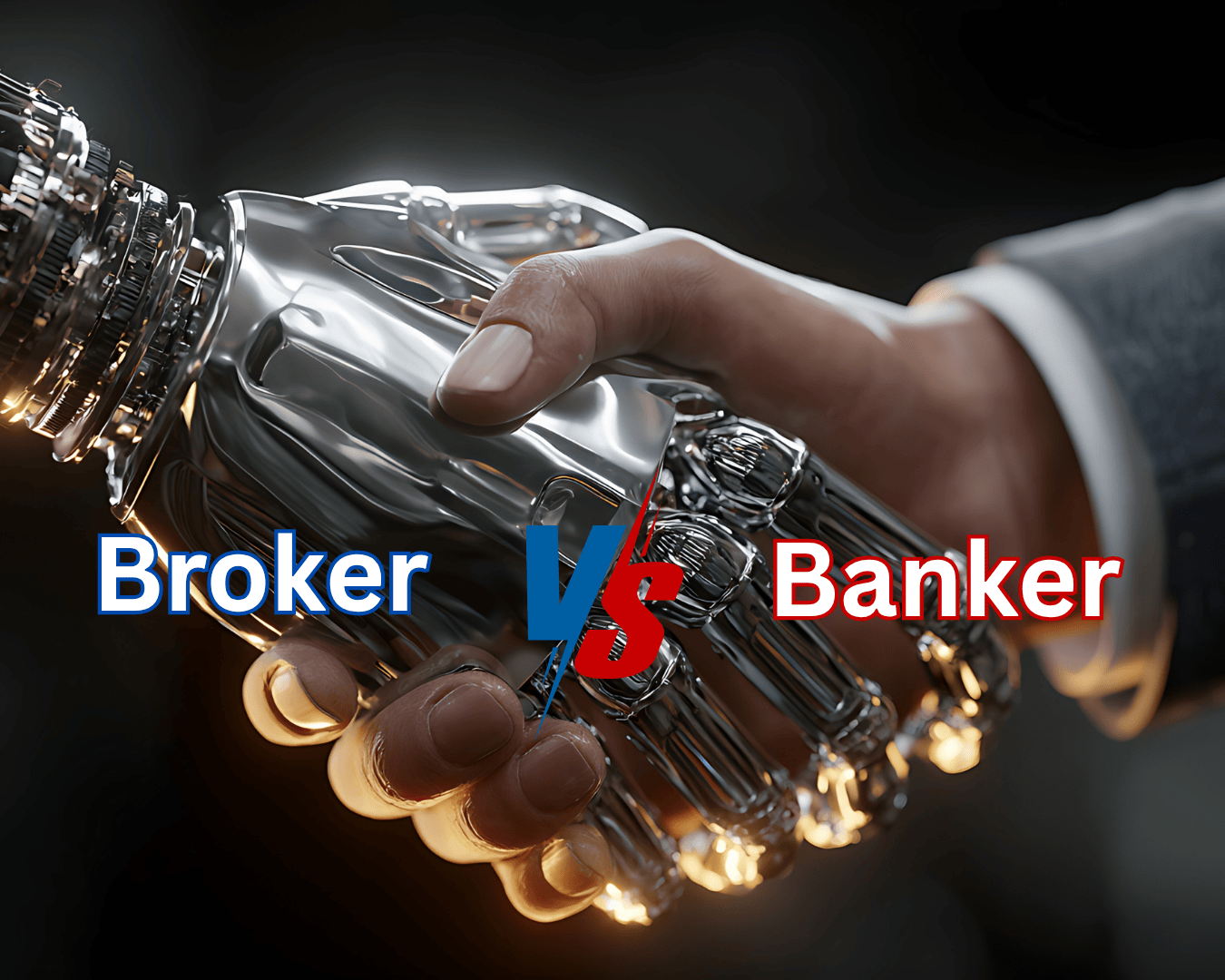




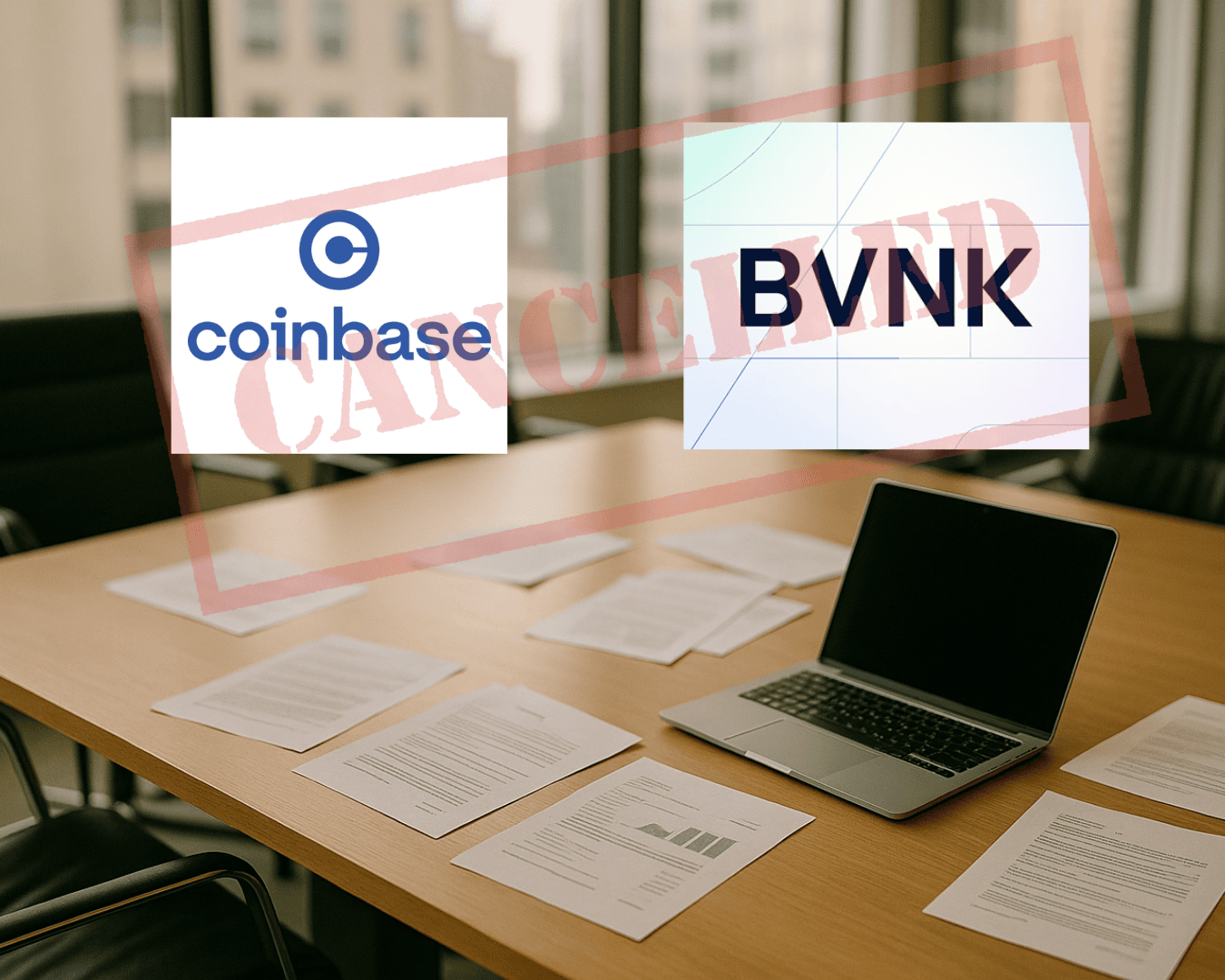









.png)




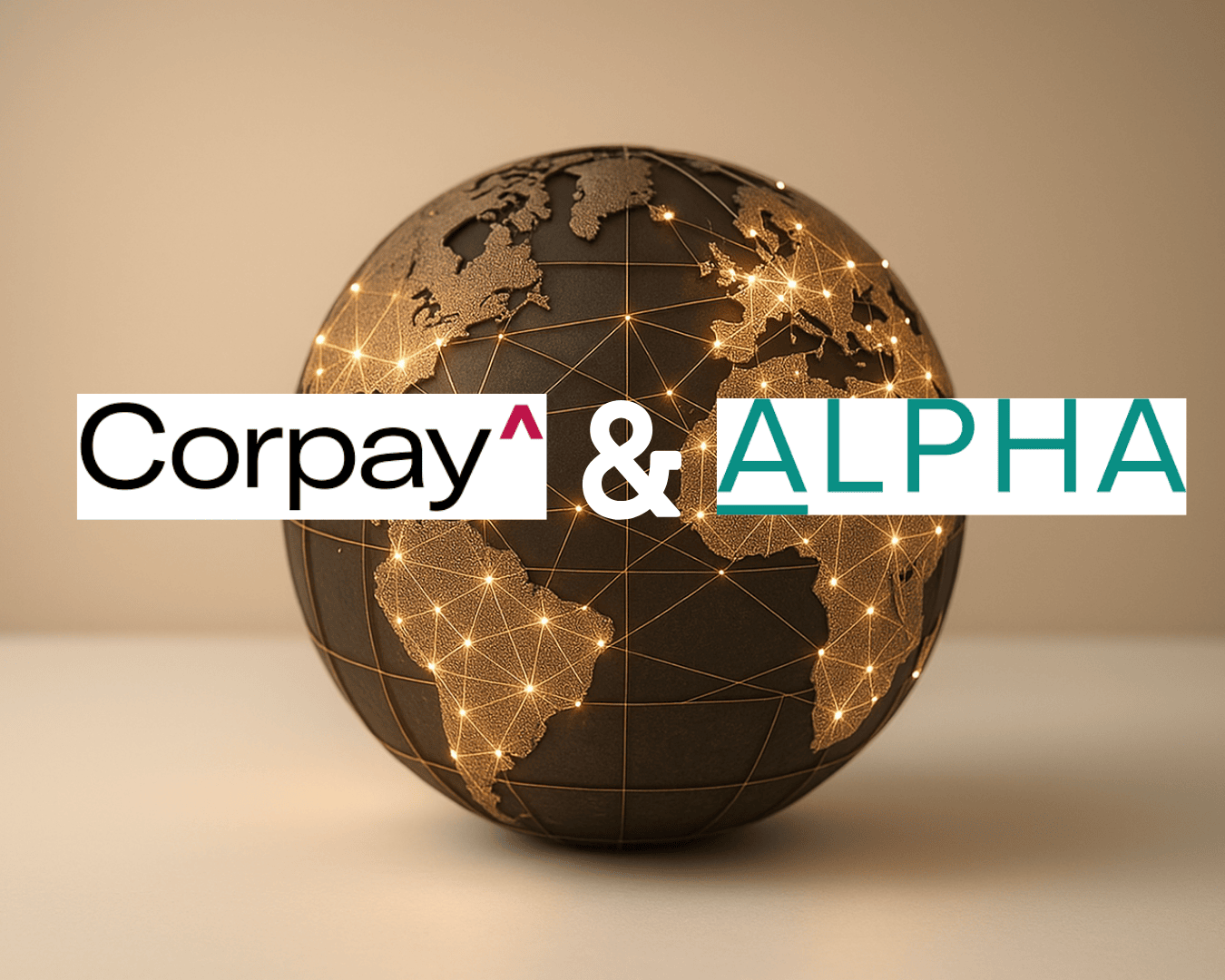

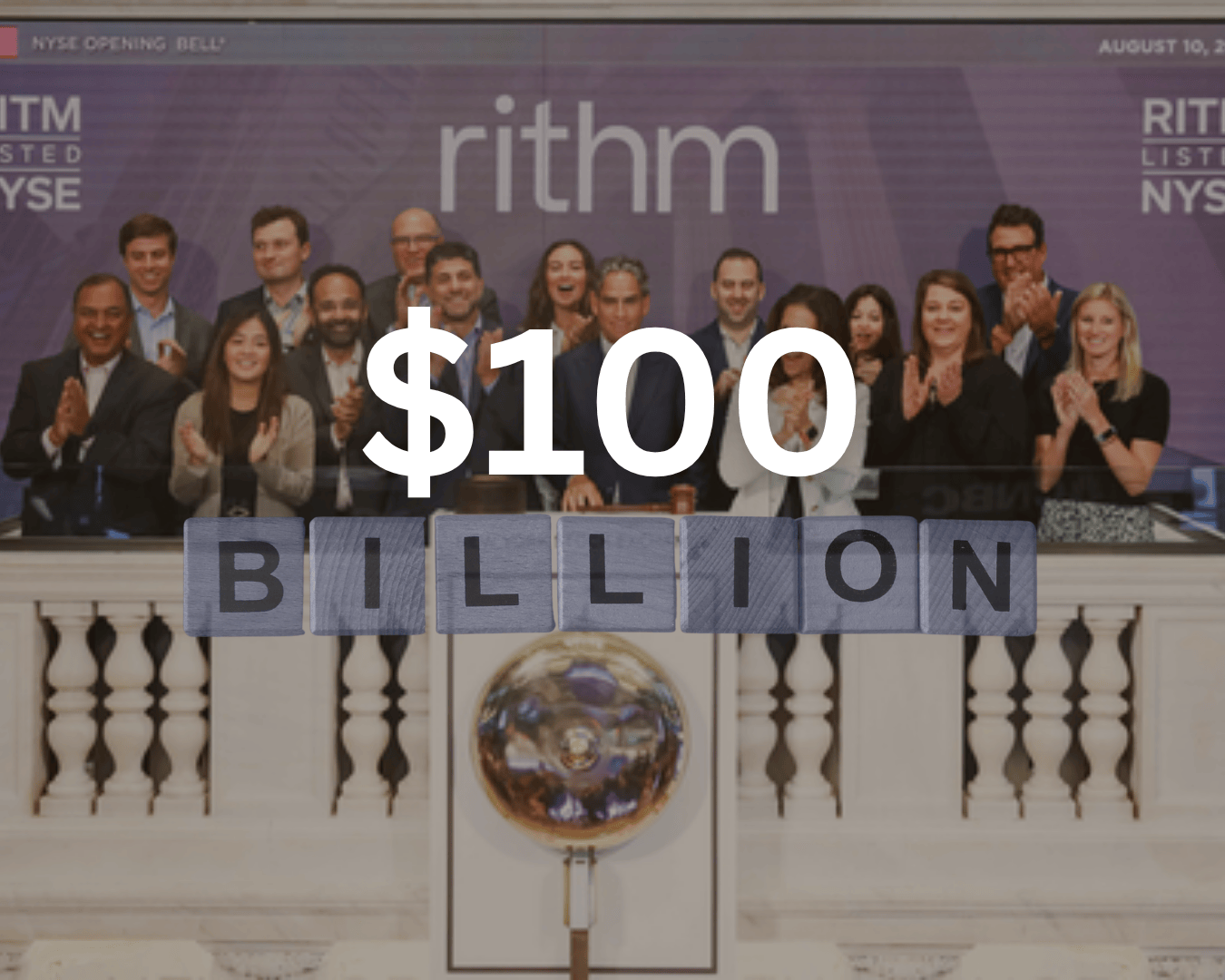















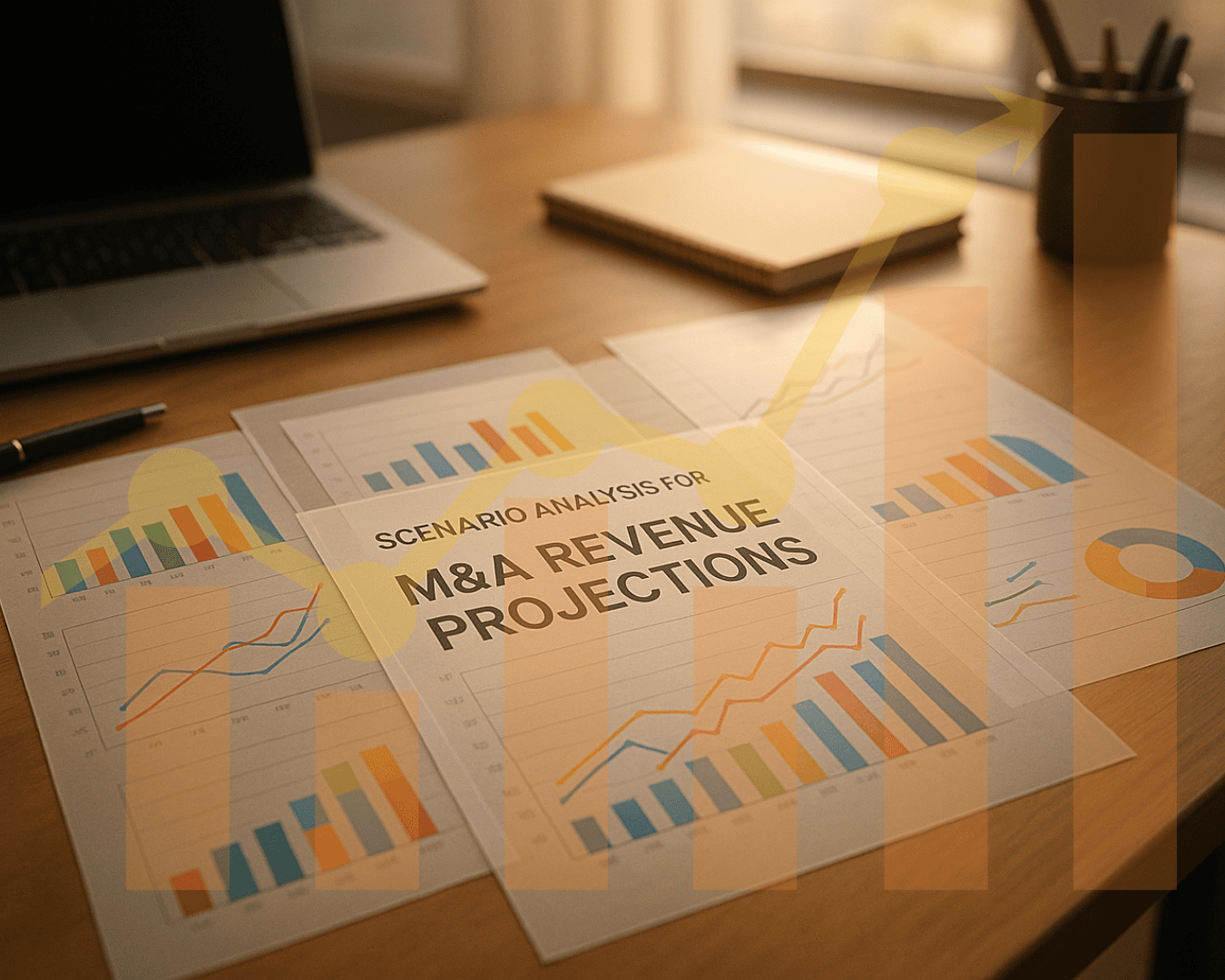





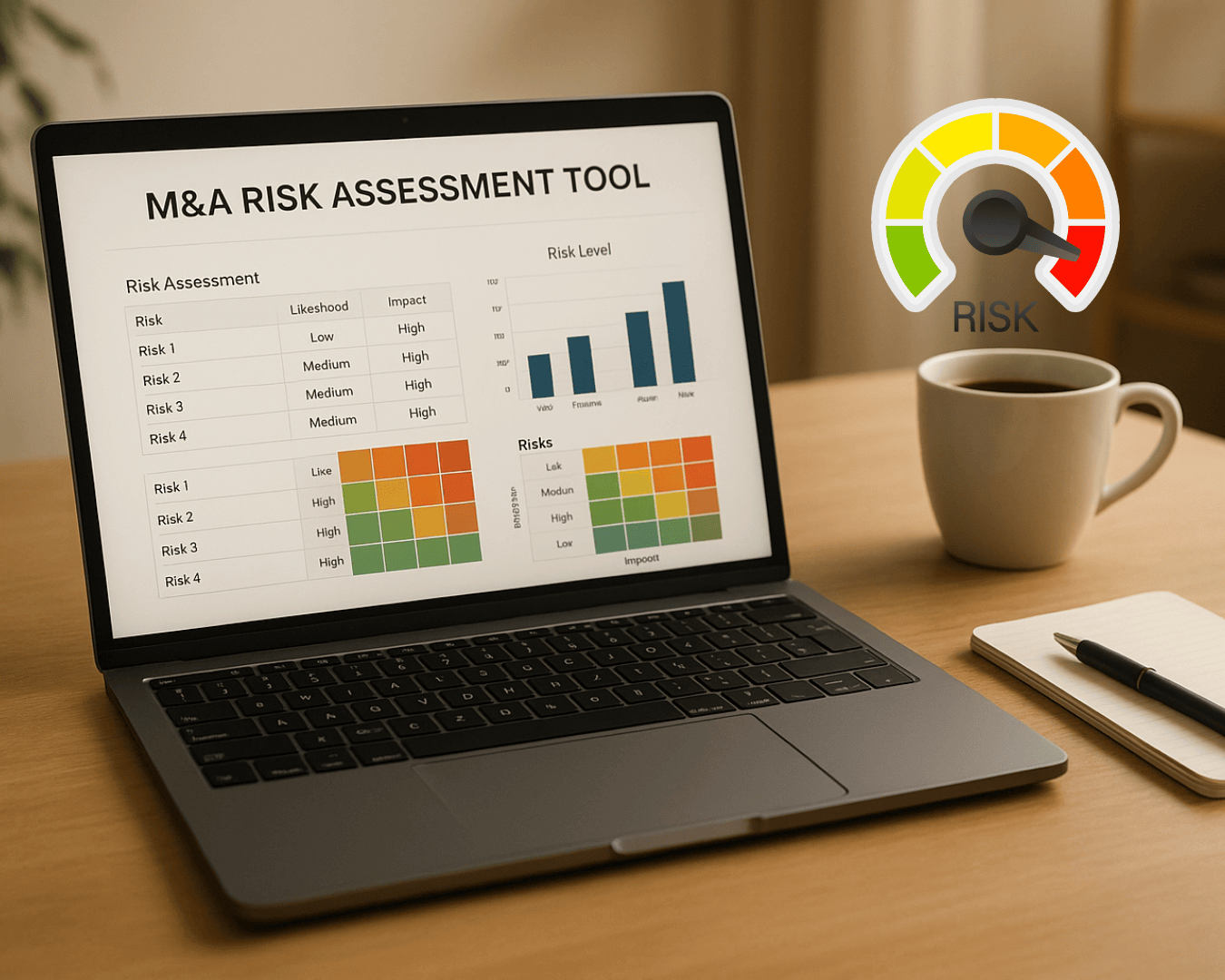

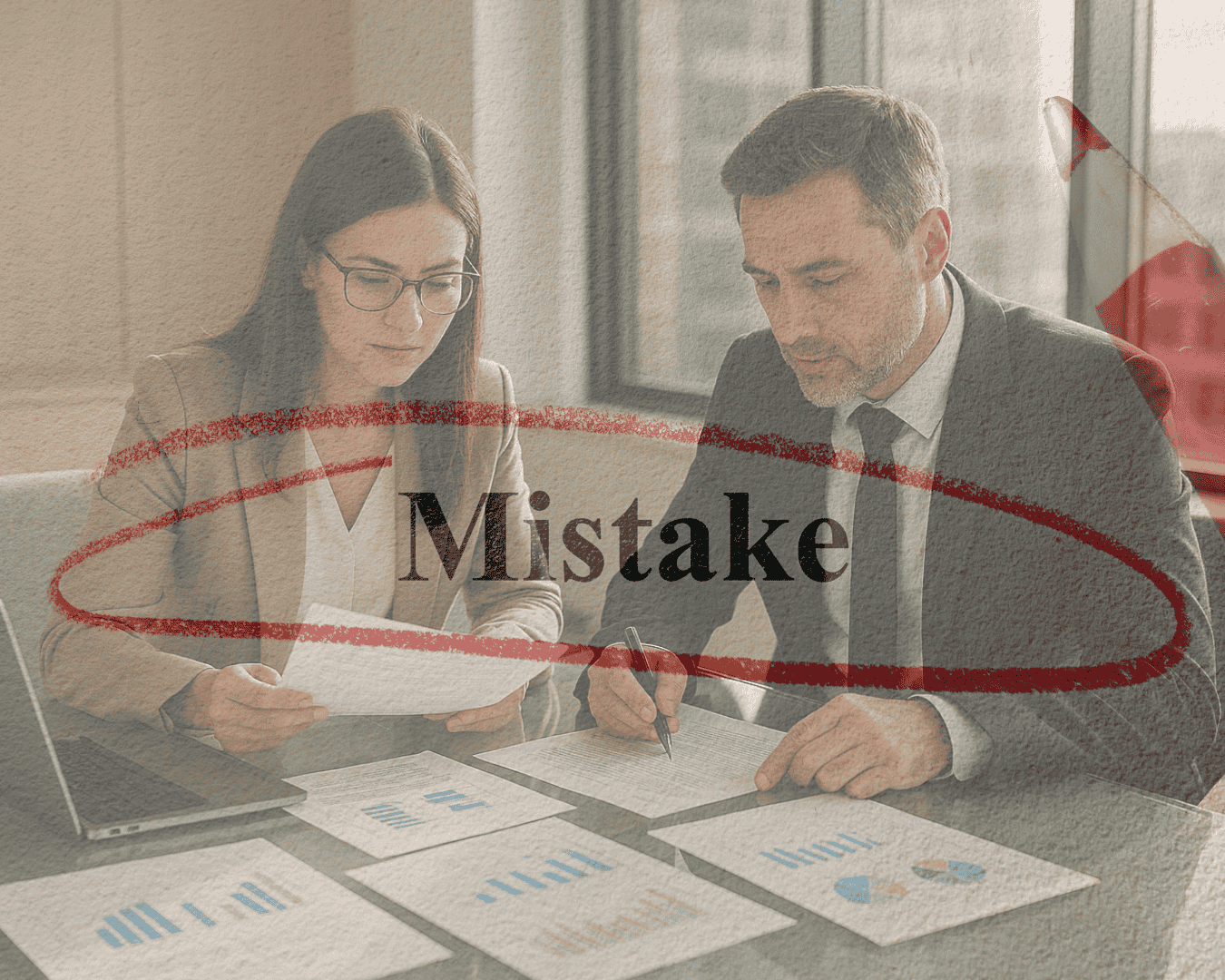
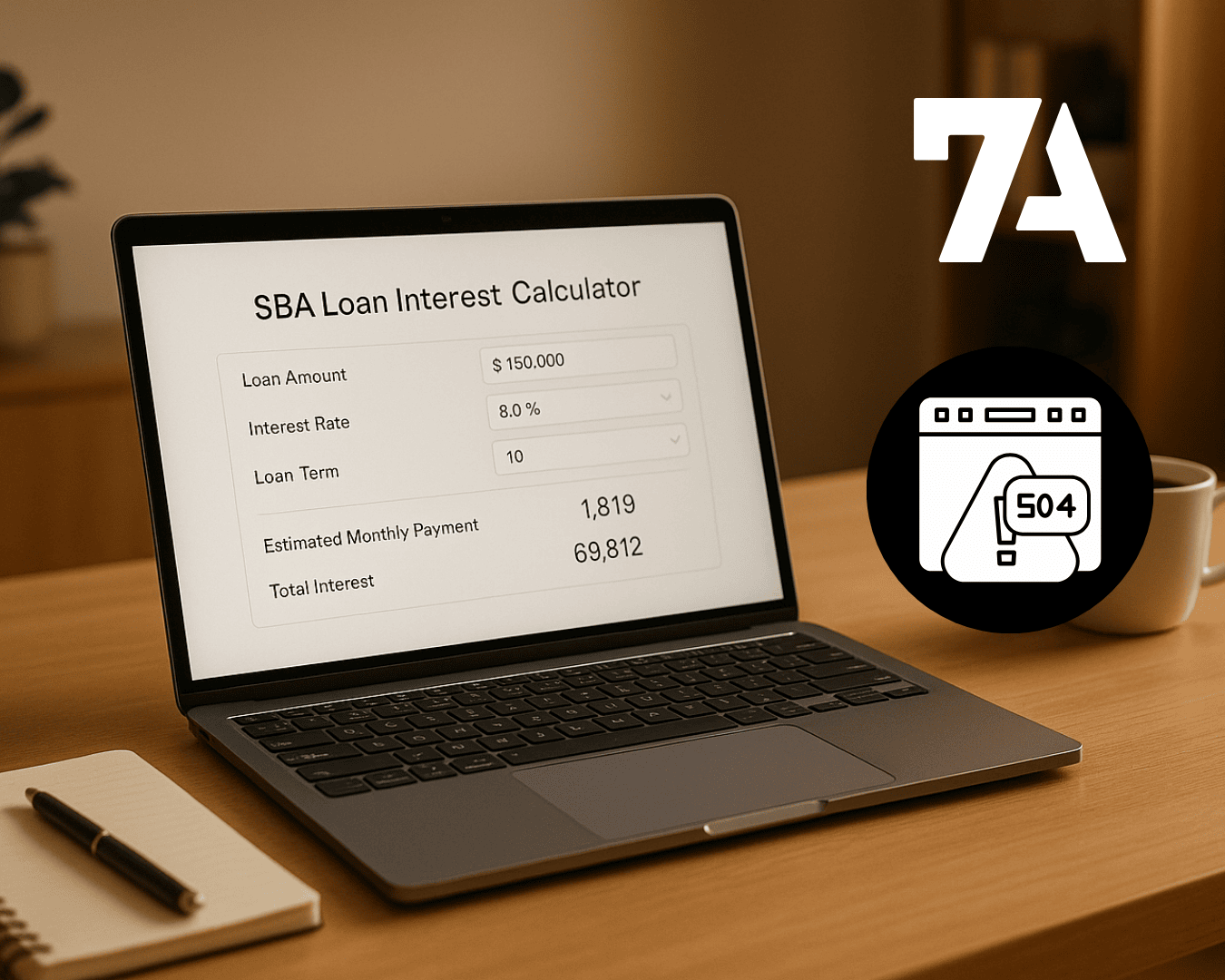








%20Loan%20Application%20Checklist.png)

